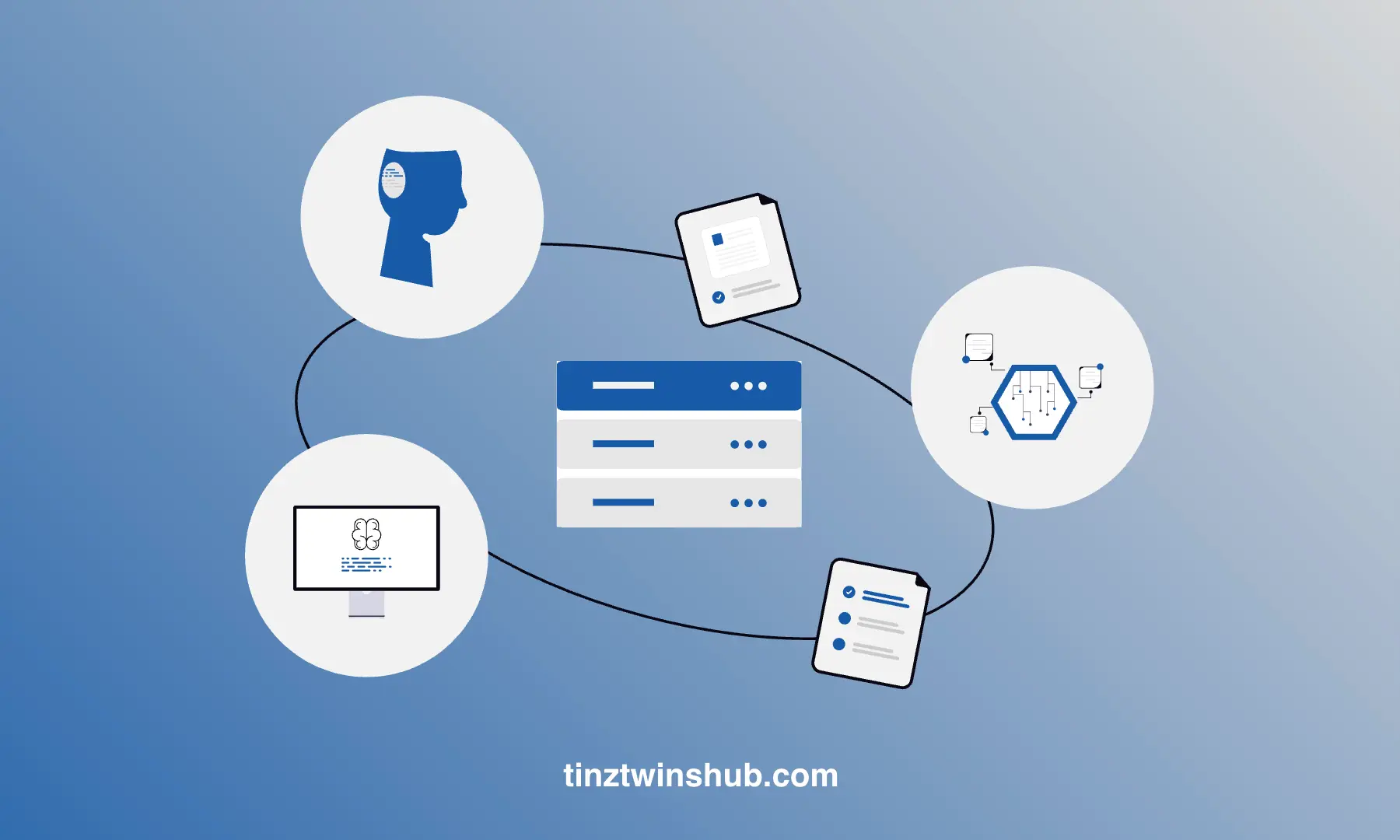A Visual Guide to Ensemble Methods + Practical Example
Ensemble methods are a powerful approach in machine learning that combines multiple models to create a more robust and accurate model.

Many beginners struggle to understand how ensemble methods work, so we want to explain the concepts behind ensemble methods visually. No math today!
The primary idea behind ensemble methods is that the aggregation of multiple models helps reduce the weaknesses of each model.
This assumption is based on the idea that each model has its own strengths. By combining them, we can create a more complete and reliable model.
As a Data Scientist, it is essential to understand how the basic strategies behind ensemble methods work.
We’ll discuss the following points:
- Motivation behind it
- Strategies for ensembles
- Boosting - How it works?
- Bagging - How it works?
- Stacking - How it works?
- Real-world example with stock market data
- Technical requirements
- Business Understanding
- Data Understanding and Preparation
- Modeling
- Evaluation
- Conclusion
+ Bonus: At the end of the article, you‘ll get a high-resolution cheat sheet with all the important aspects of ensemble methods.
So we’ve no time to waste. Let’s dive in!
Motivation behind it
The motivation behind ensemble methods:
- Reducing the variance: One of the primary goals of ensemble methods is to reduce the variance in the results. By aggregating the predictions of multiple models, the overall output becomes less dependent on the dataset.
- Reducing the bias: Another important motivation for ensemble methods is to reduce the bias in the model. When we combine different models, each with its unique strengths and weaknesses, the resulting ensemble can learn different classes more effectively than individual models.
🎯 Goal: Variance reduction without sacrificing bias!
To read this post you'll need to become a member. Members help us fund our work to ensure we can stick around long-term.




